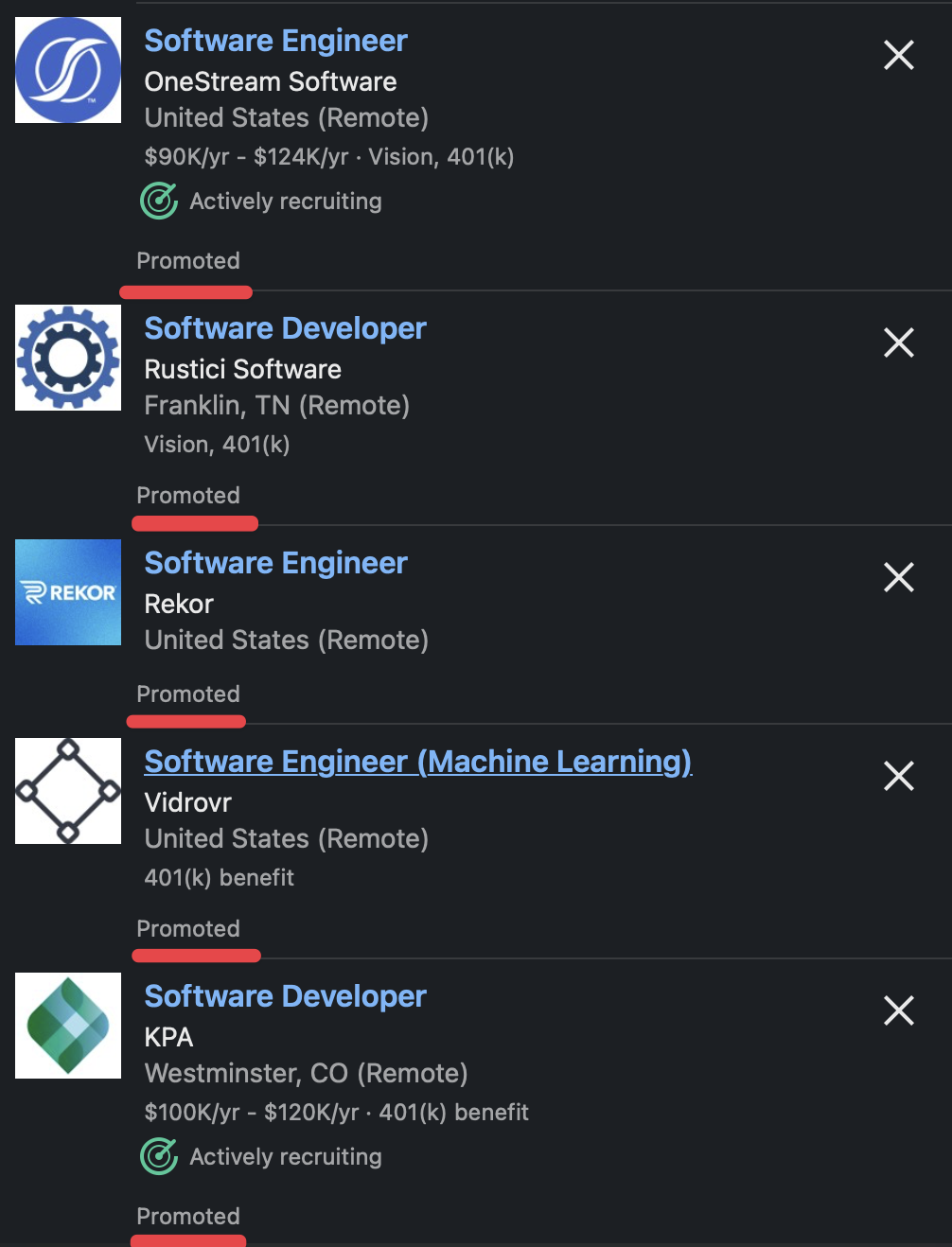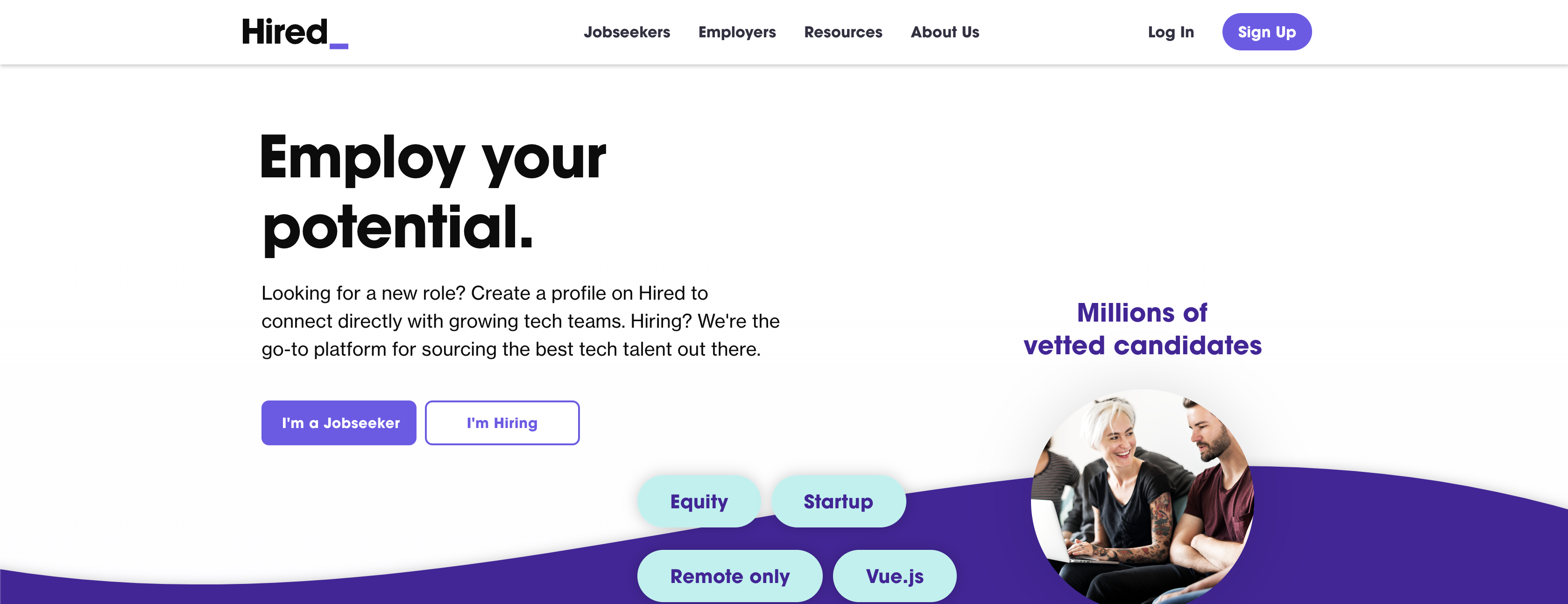Why are LinkedIn job posts so bad?
Fri Feb 23 2024

Contents
- Why Do Companies Advertise Jobs on LinkedIn?
- The Impact of Paid Job Post Placement
- Job Seeker Frustration
- Long-Term Consequences
- Potential Silver Lining
- Tips
- Conclusion
In recent years, LinkedIn, once hailed as the go-to platform for professional networking and job hunting, has seen a noticeable decline in the quality of its job posts. This shift has been primarily attributed to the increasing trend of recruiters paying for job post placement. While this strategy might have been beneficial for linkedin and recruiters in the short term, it has created a significant conflict with the job seekers who rely on the platform to find quality job opportunities.
Why Do Companies Advertise Jobs on LinkedIn?
While it may seem weird for companies to may to promote something as simple as a job post, it's important to keep in mind that hiring quality talent is enormously difficult and expensive. Also consider that job postings exist because the company needs to hire someone, likely for time-sensitive work. LinkedIn has the largest pool of professional workers in the world and is one of, if not the largest, job search platforms used today. It's a no-brainer for companies to pay to have their job posts seen by the largest audience of potential candidates in an attempt to shorten the time it takes to fill a position and reduce the cost of hiring.
The Impact of Paid Job Post Placement
Recruiters paying for job post placement has led to a saturation of the LinkedIn job market with posts that may not necessarily align with the quality or relevance that job seekers are looking for. When you search for a job as many as 76% of jobs may be paid for by recruiters. This pay-to-play approach has resulted in a scenario where the most visible job posts are not necessarily the best ones, but rather those backed by a financial investment from recruiters. As a result, job seekers are finding it increasingly challenging to sift through the noise and identify genuinely suitable opportunities.
The prime example of this are same exact job posts that show up any time you open the jobs tab. These posts are often months old and have hundreds or potentially thousands of applications. If you are brave enough to apply for the job you will likely never hear back from the company. If you ignore the job post it will likely show up the next time you open the jobs tab. Meaning that you only ever se the same low quality job posts over and over again, making it difficult to actually find new job posts.
Job Seekers Frustration

As a job seeker it is always so frusting to see a job that you are intereted in only for it to say "Promoted", "Posted 3 Months Ago" and "1000+ Applicants".
The essence of LinkedIn as a platform for job seekers was its ability to provide a curated list of job opportunities tailored to an individual's professional background and career aspirations. However, with the rise of paid placements, this core value proposition has been undermined. Job seekers are now confronted with a plethora of job posts that prioritize the recruiter's ability to pay over the relevance or quality of the opportunity.
This misalignment has led to frustration among job seekers, who feel that their needs and preferences are no longer the platform's priority. For example, many users want a way to HIDE promoted job posts, because they've gained such a bad reputation. However, because this conflicts with LinkedIn's business model, it is unlikely that this feature will ever be added.
Indeed, we have recently see the rise of "high-intent" job search platforms like Hired, Levels.fyi, TrueUp, Incredible Health, and more which specialize in providing both job seekers and companies with a consistently higher quality experience.
Long-Term Consequences
The shift towards paid job post placement on LinkedIn could have long-term consequences for the platform. If job seekers lose faith in the quality and relevance of the job posts, they may start looking elsewhere for opportunities, leading to a decline in user engagement and, ultimately, the platform's effectiveness for both recruiters and job seekers.
Potential Silver Lining?
Ironically, as frustating as these terrible job posts may be when looking for a job, they may actually be a great way to identify companies that you would not want to work for. If a company can't hire someone for a position in 3 months, among thousands of candidates, it may be a sign that the company is not a great place to work.
Tips

Our advice is to avoid general purpose job boards when possible, especially ones with an "Easy Apply" option. While easy apply is convenient, it's also convenient for everyone else, and it is difficult to show companies your unique value when you use these options. Instead, search for jobs on company websites, or use a specialized job search platform that is tailored to your specific industry or job role. If you are struggling to find companies to apply for use glassdoor or google maps to find companies in your local area or related to your industry.
Conclusion
The increasing reliance on paid job post placement on LinkedIn has created a conflict between recruiters and job seekers, with the latter feeling short-changed by the decline in quality job posts. For LinkedIn to maintain its position as a premier professional networking and job-hunting platform, it is imperative that it finds a balance that serves the interests of both recruiters and job seekers.
Good luck out there Resbase-ers! Its a tough job market but we believe in you!